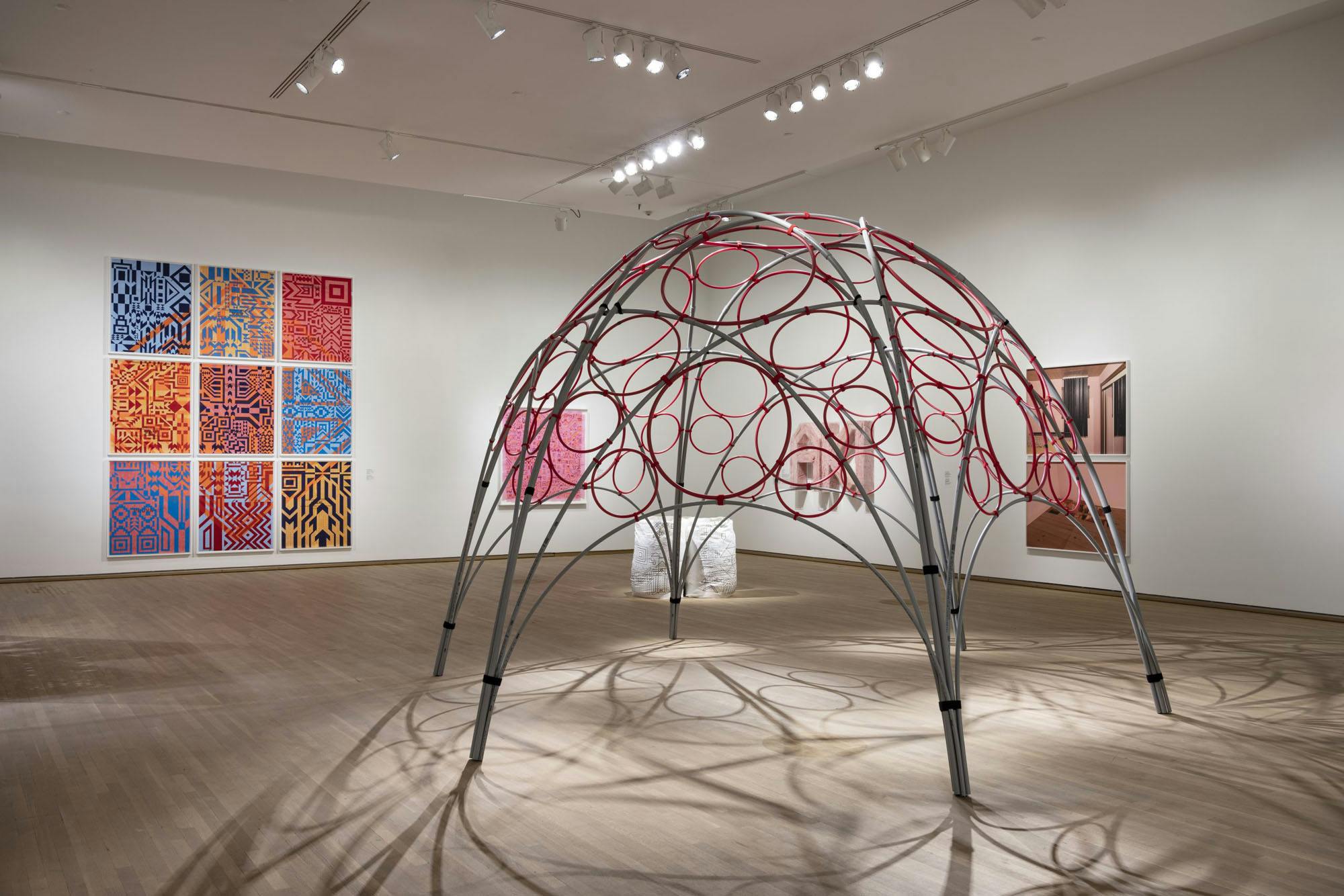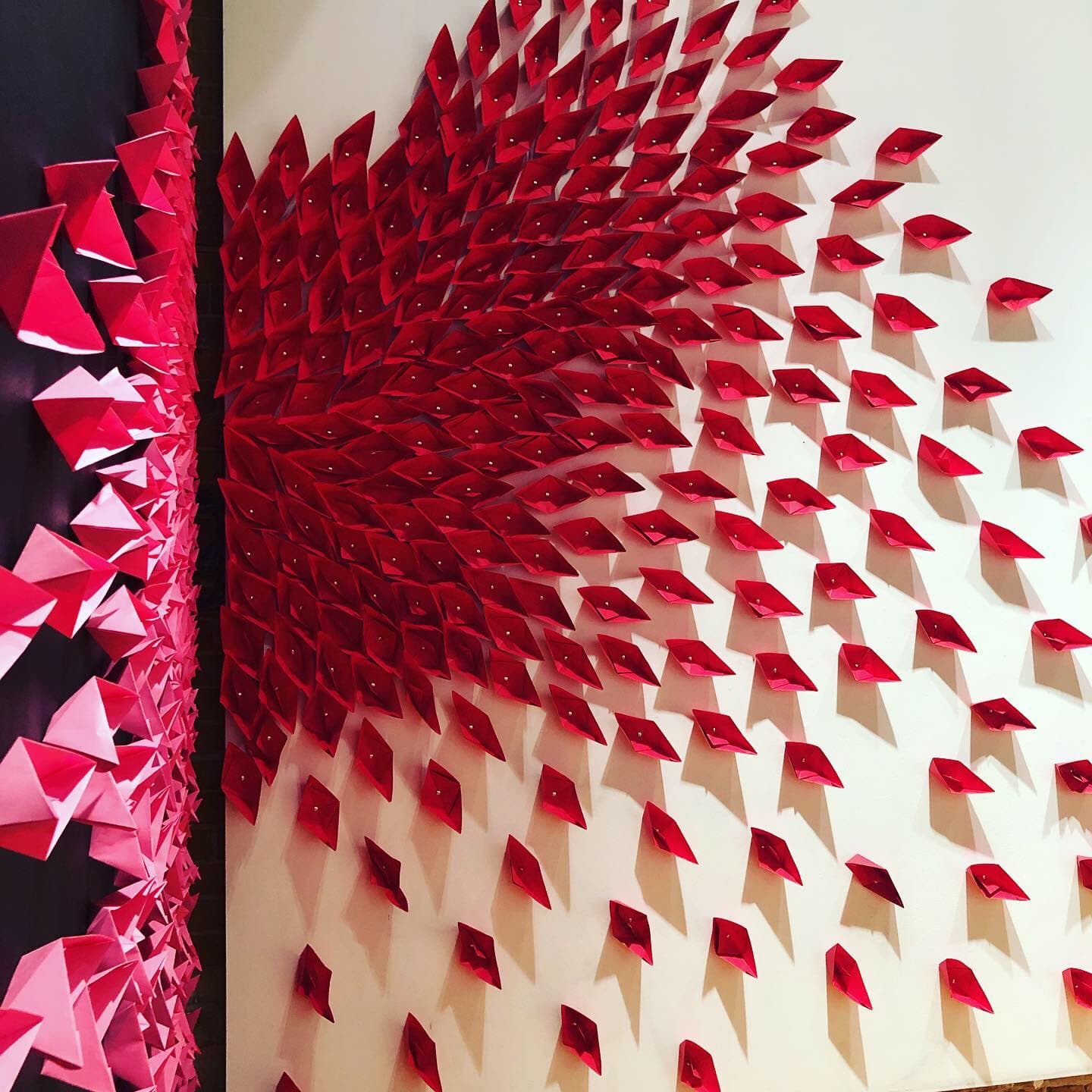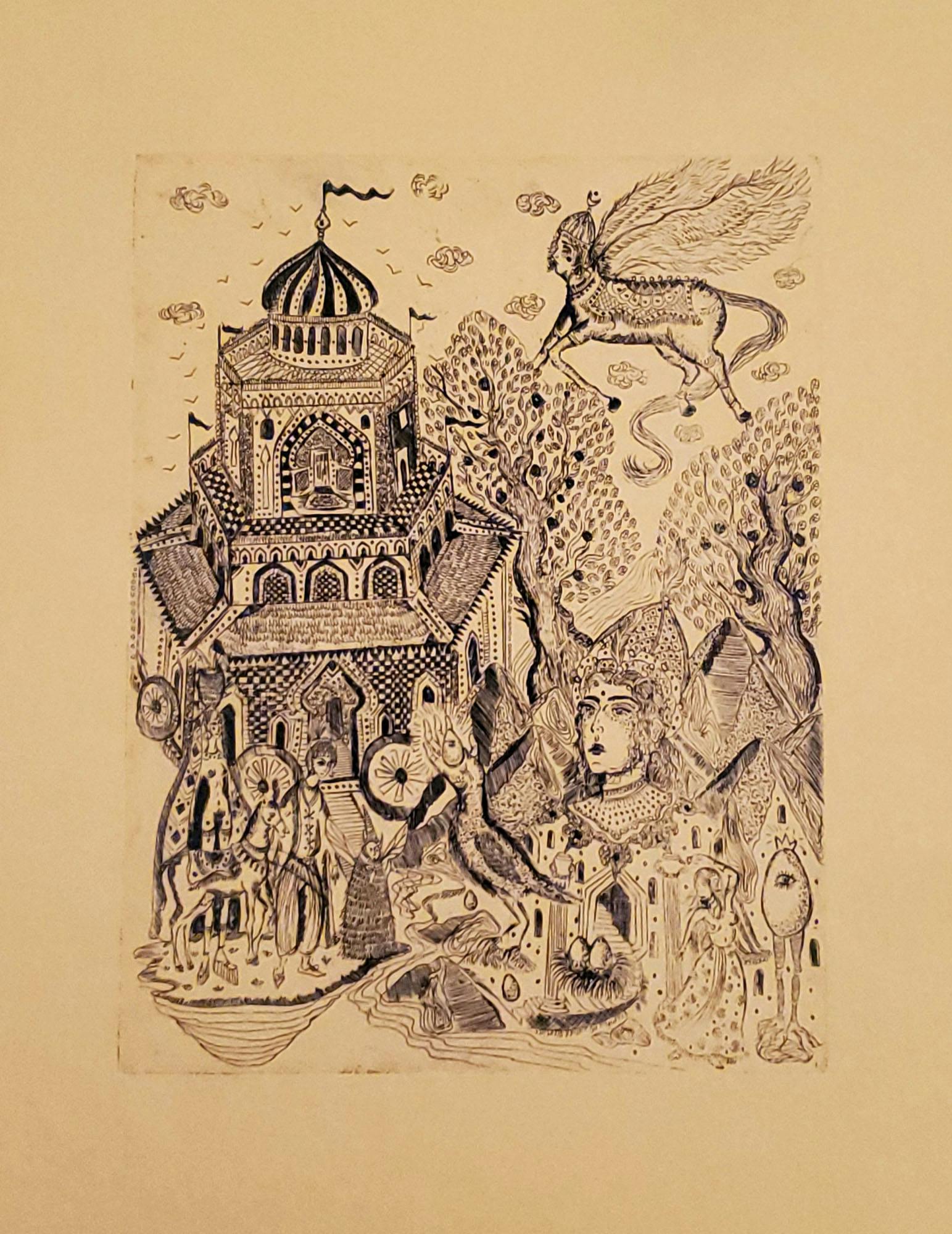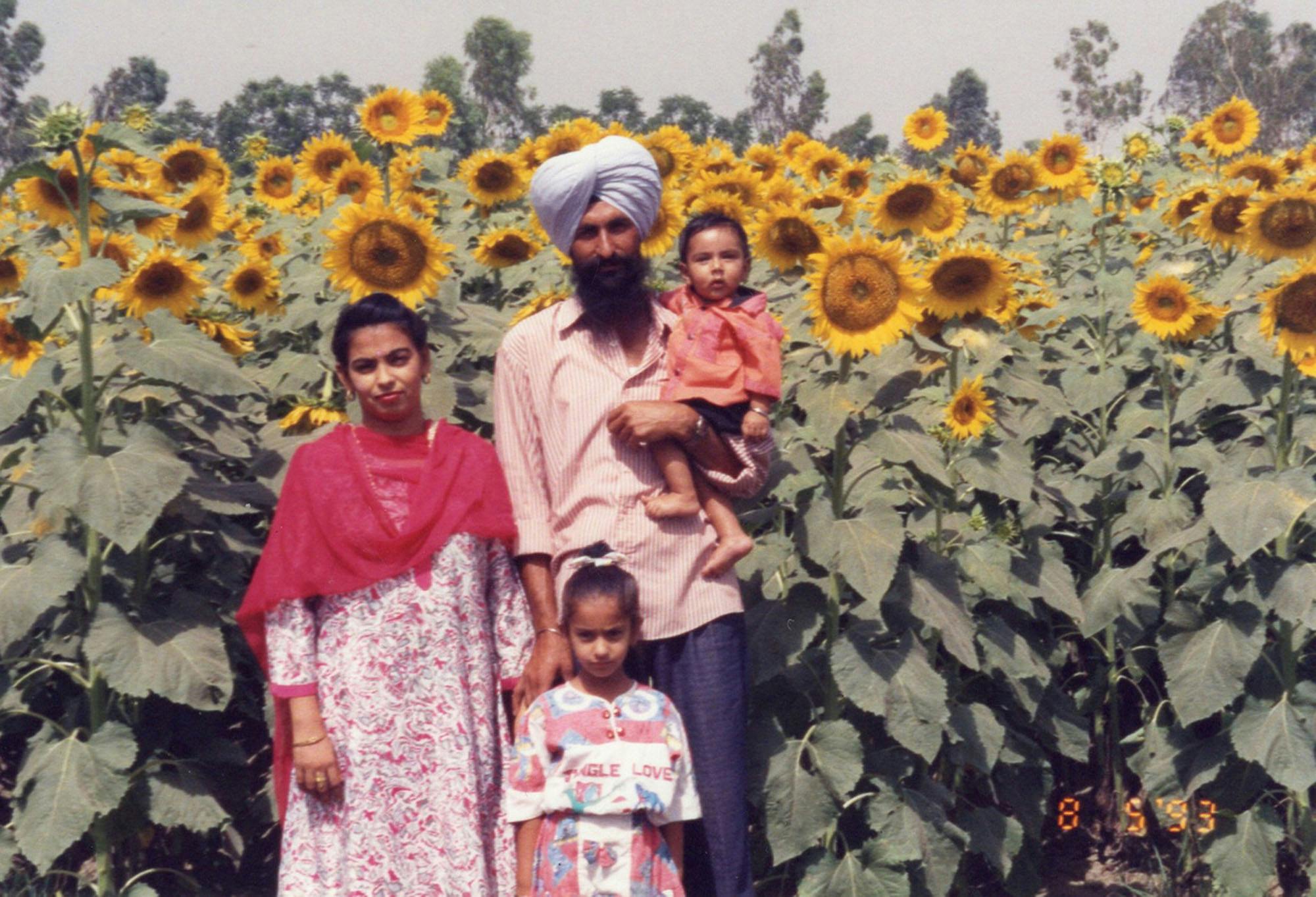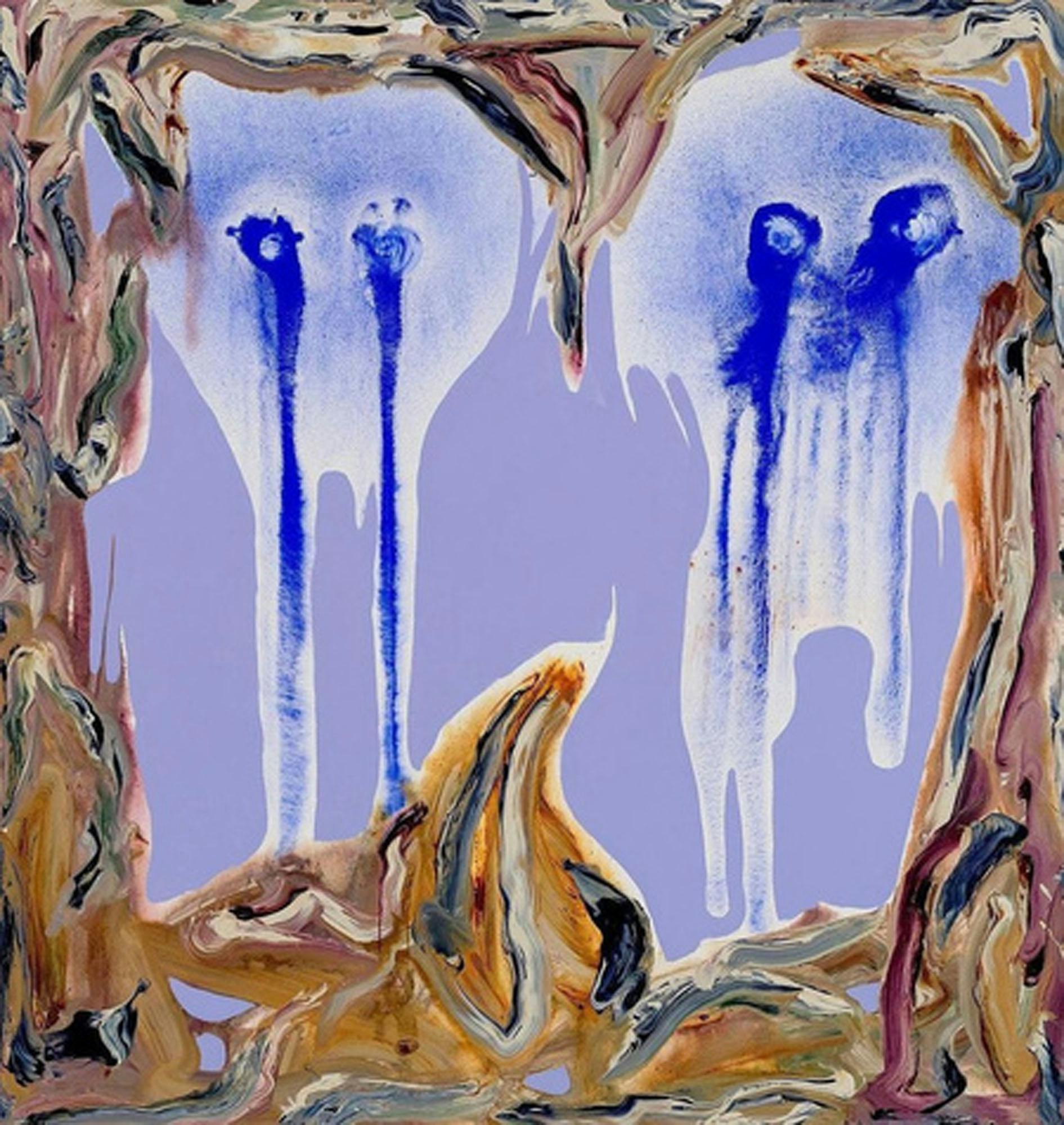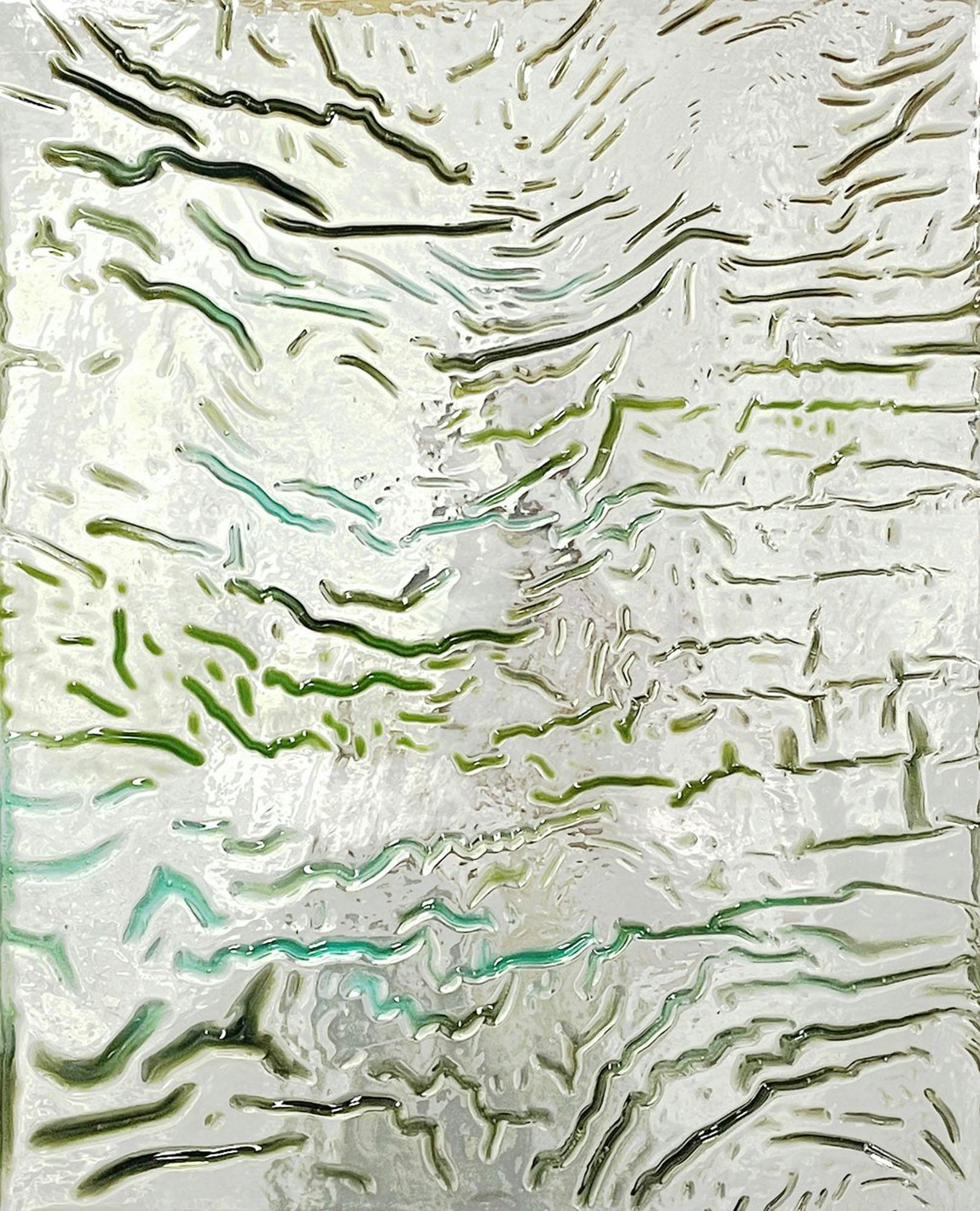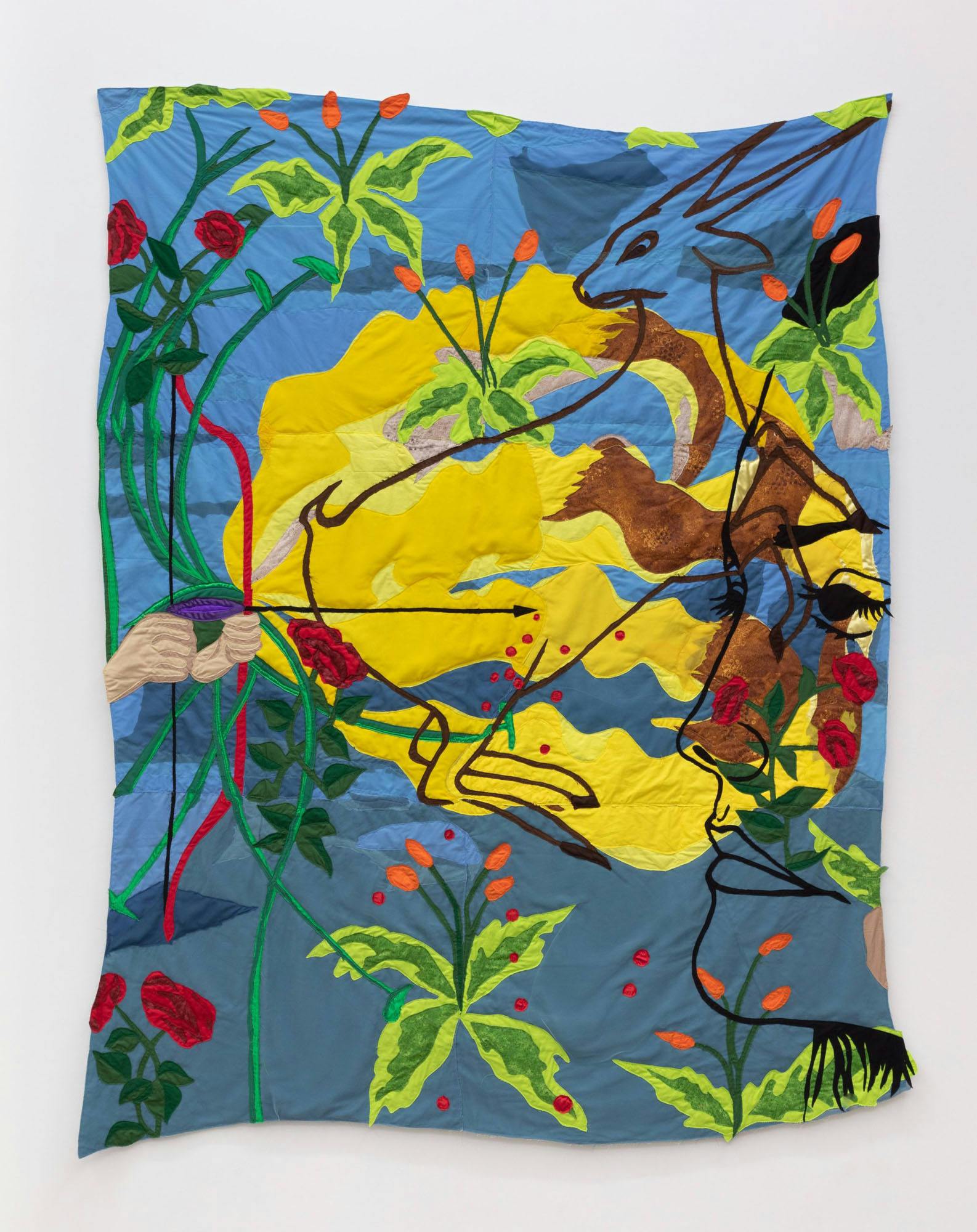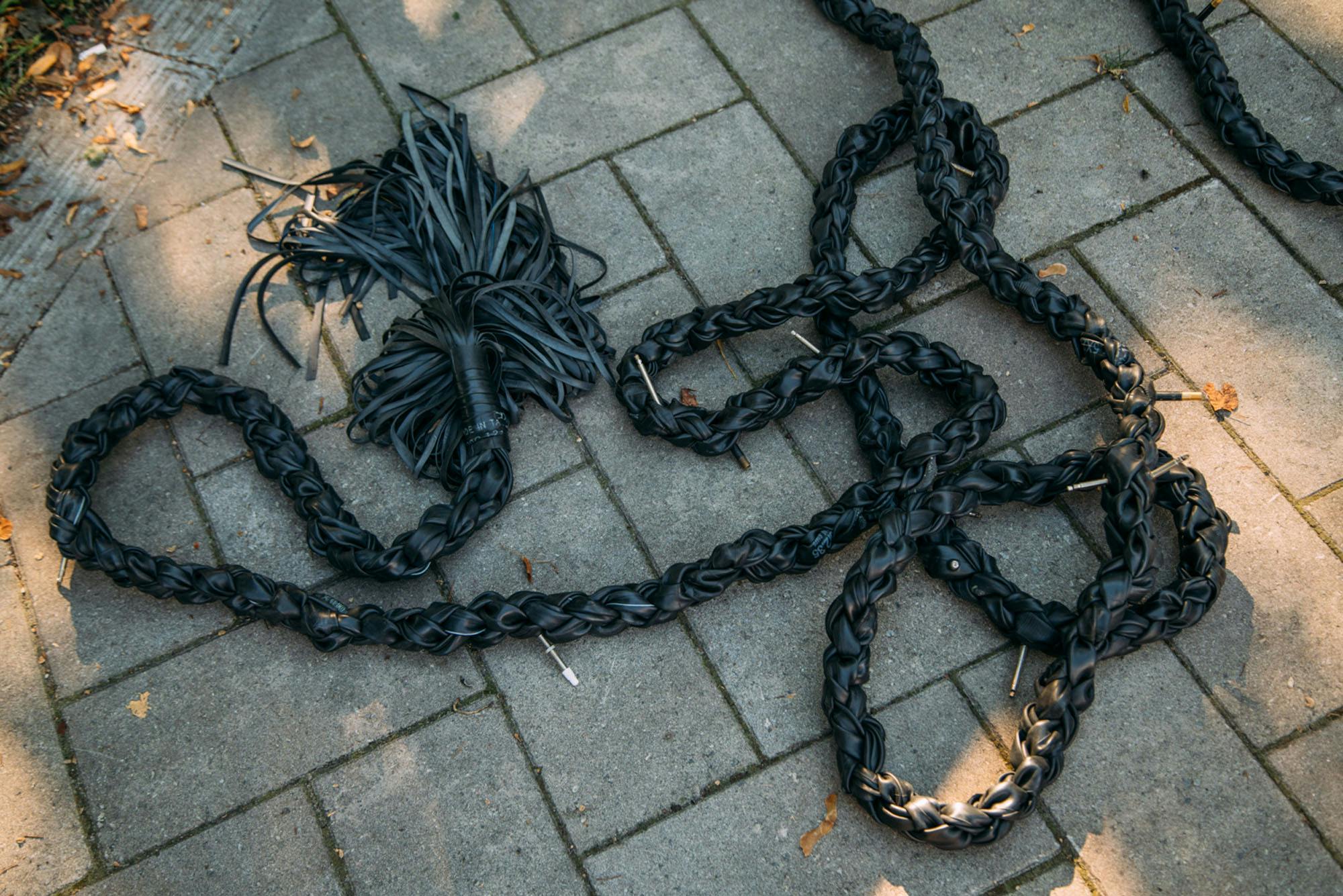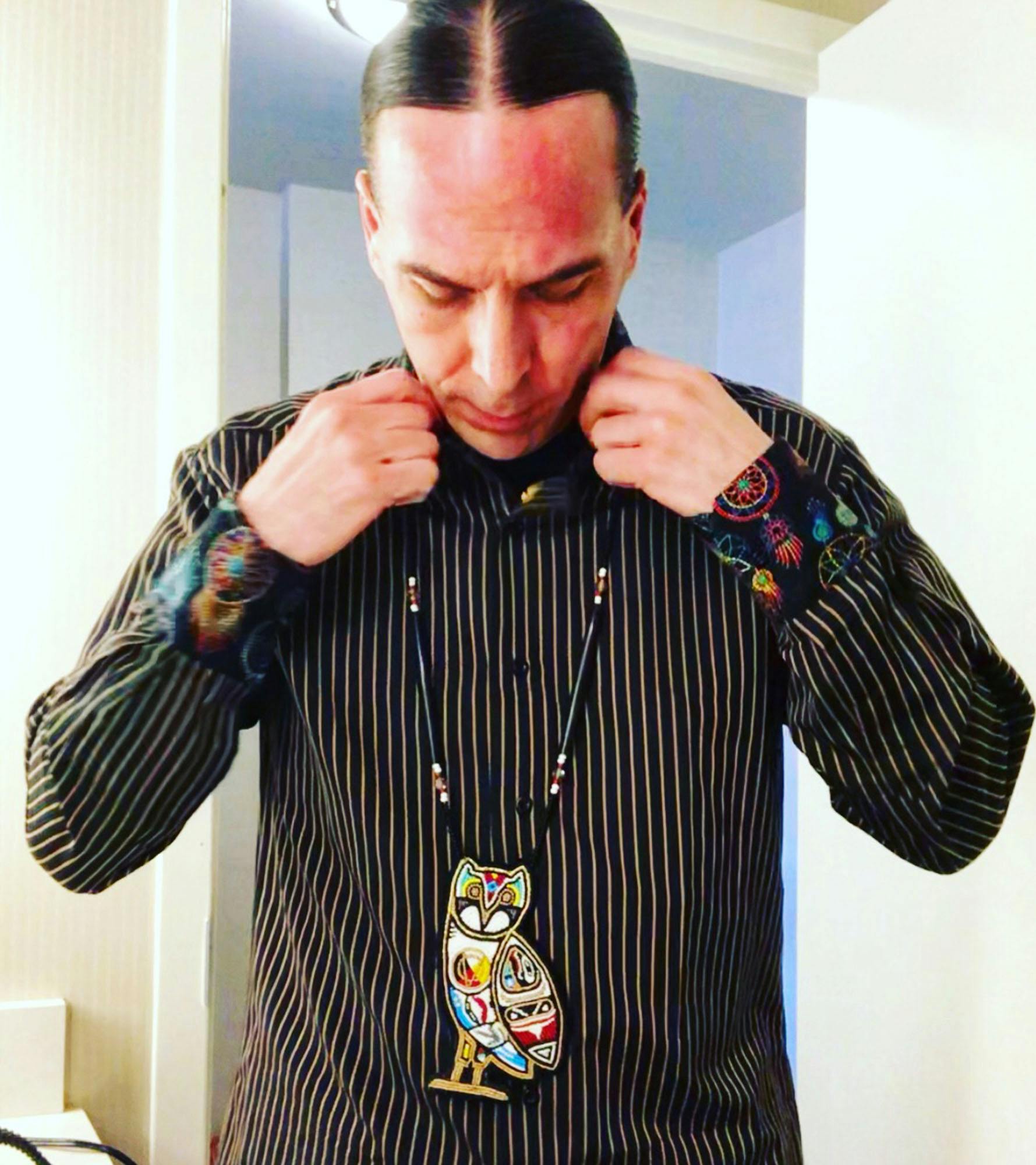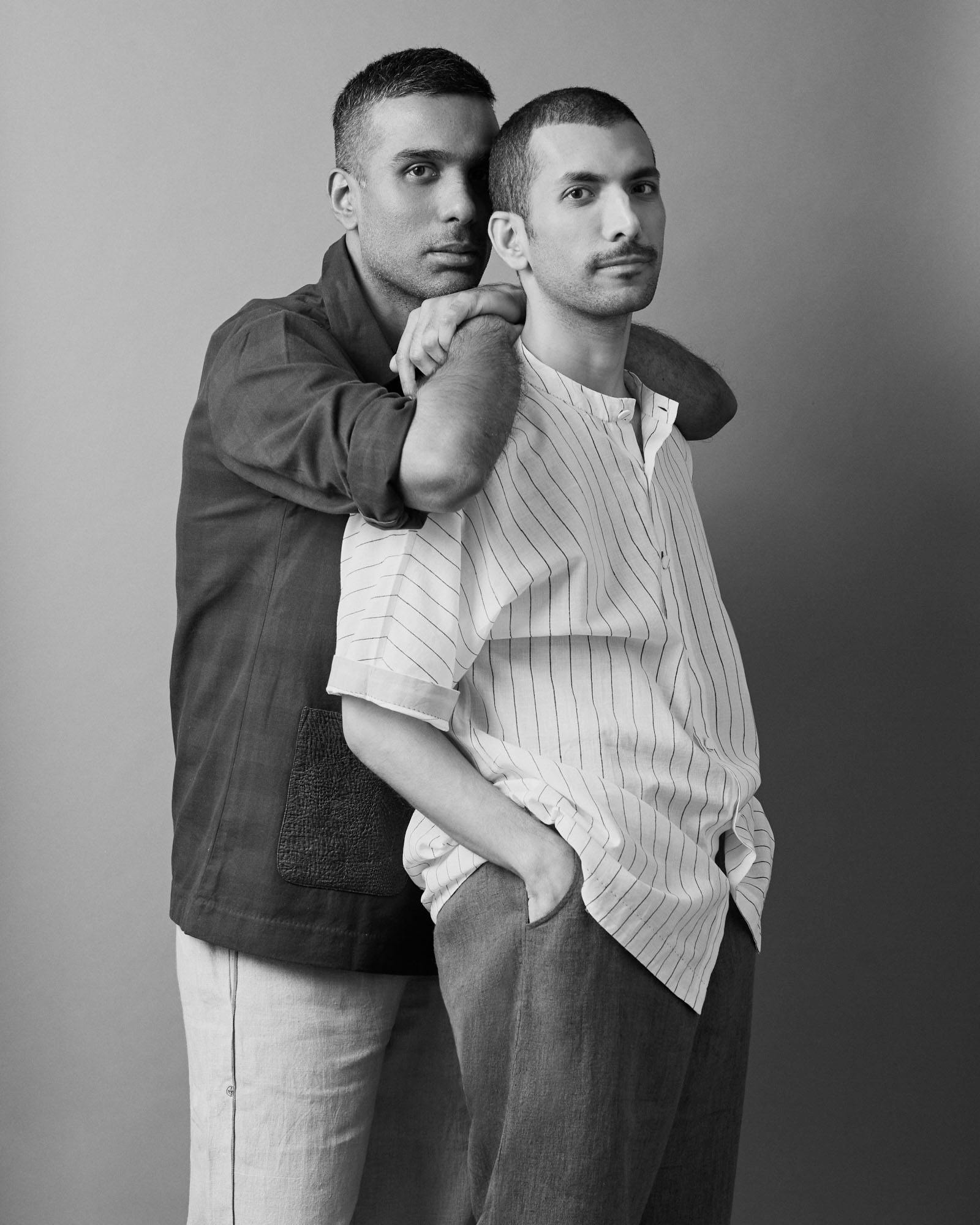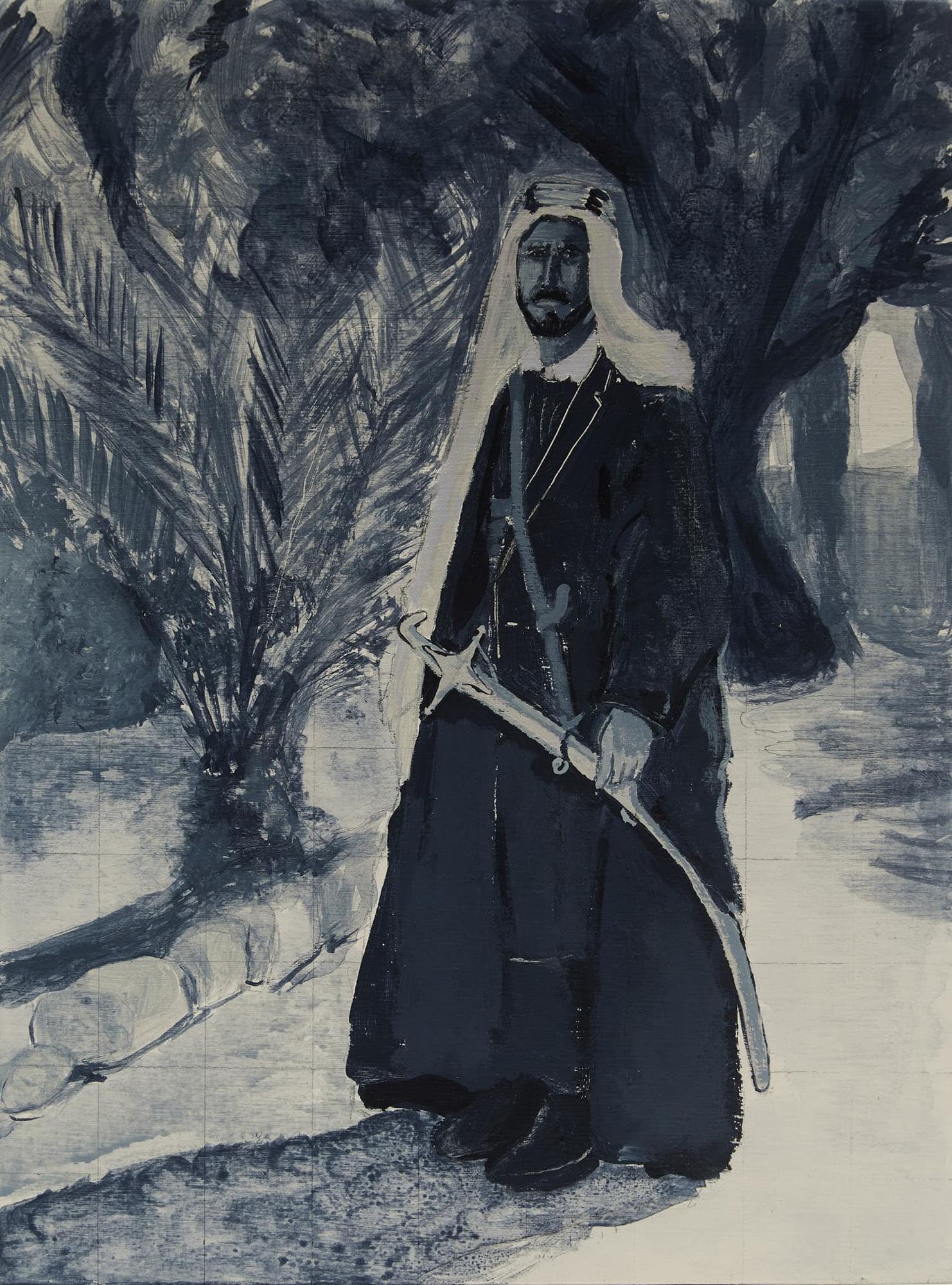Respectful Design
Professor Elizabeth (Dori) Tunstall in conversation with our editor in chief Raji Kaur Aujla.

Raji
I’ve spoken before on my advocacy for education and curriculum reform, so I wanted to chat with you about decolonizing Canadian education and its impact on design students. They go through a Western education system that teaches students exclusively Western ways of knowing and speaking.
EDT
At Ontario College of Art & Design (OCAD) our current ethos is framed as Respectful Design. It was Design for Humanity for nearly 20 years so anthropological thinking had already been built into the curriculum. I’ve been able to expand that even further to be more inclusive of Indigenous ways of knowing and being. The Indigenous community has been super critical of anthropology by original discipline, which has been very instructive. In applying those critiques to design function, we’re able to more easily bring those conversations more naturally around the necessity of decolonizing design.
The important thing to understand about the Canadian context is the role of the Truth and Reconciliation Commission (TRC) recommendations. Released in 2015, numbers 62-65, were directed to post secondary institutions to teach the Indigenous experience, ways of knowing and being, but also create space for Indigenous faculty. Luckily, at OCAD, the Indigenous Visual Cultural (IVC) program, has had Indigenous faculty for over 10 years. Post-2015, however, the TRC made acceleration of these processes possible, as there was now federal permission, saying this is an obligation. The cluster hire brought in five new Indigenous faculty members, which was important in terms of creating critical mass, but also having enough people to share the labour to lead conversations around the necessity of decolonization. Decolonization may be the work of white people, but we’ve had to rely on Indigenous and racialized people, for them to understand the depth of the harm that has been caused and continues to be caused.
The IVC program has been the heart and centre of these kinds of transformations, and by taking an Indigenous first approach, we are rethinking and rewriting our curriculum. It’s also expanded into our research policies and changing our governance structures. We already had an Indigenous Education Council, but they now have representation on the Board of Governors—which makes all the financial decisions, and the Senate—which makes all the academic decisions. The wonderful Nadia McLaren helped us build a holistic framework using the medicine wheel as a model through which the institution will move towards decolonization. Only last year, the Indigenous faculty worked very hard to develop Indigenous learning outcomes that can be built into the curriculum in an explicit way.
The beauty of all this, is once the institution opens itself up to the process of change to address and redress their long oppression of Indigenous perspectives, it becomes more open for everyone else. When Indigenous students and faculty are able to cultivate a sense of belonging, as those who have been most excluded from the nation state, it creates a sense of belonging for everyone else, eliminating a lot of the previous structural barriers.
Raji
It’s such an active and thoughtful pursuit on behalf of OCAD and not something I’ve found to be translating to other sectors, in Canadian art. A lot of institutions are still struggling and adaptations have been quite a bit slower.
EDT
We’re struggling too, but there are some particular factors of success. The majority of our students are racialized and/or Indigenous, so even if the majority of our faculty are white, because they care about and are invested in our students they do the work to become better informed culturally and contextually to support them as future designers/artists/makers. Our processes would have been slower had the student body been majority white. The students advocated for themselves and their culture, the faculty listened— although not without a sense of anxiety and within some a sense of resistance—but overall that care for the students was able to override everything else. Another critical factor is that we had Sara Diamond as our previous President. She said, I want to work in institutions where they have leaders with at least three identities of marginalization. So you had Sara who’s femme presenting, who understands misogyny and queer phobia, which is important because when you come to her as the leader and say, this decision would be harmful to my community, She has enough lived experience to empathize and appropriately contextualize and even shift her thinking where necessary. I think it is more challenging in institutions that don’t have that kind of leadership. It’s harder for them to imagine the harmful impact of a decision they may be making, what that harm might feel like, so they’re not as open.
Raji
It produces empathy, that leading from experience. I think then of you now having Ana Serrano, as a racialized woman, to carry on the torch. That’s remarkable.
EDT
It really is. Our big worry, in the search for a new president, is we would end up with this white male and all of our work is going to be flushed. During the interviewing process it was clear she brought so much value with her lived experience; how she’s advocated outside of OCAD, at places like the Canadian Film Centre, acting as an idea booster in everything she does. For women entrepreneurs like me, it’s such a relief. We’ve had conversations where she’s said, “How can I help you?” and I almost burst into tears, to have someone so supportive, not only in their words but also their actions.
Raji
Those gestures make a world of difference.
The students are going through this change as well, from the inside out; what’s their experience like as we think about these ideas?
EDT
At the end of the academic school year, we had two all Black forums, one with students and one for faculty and staff. For an hour and a half, they described the ways in which decolonization manifests itself for them within the institution. This includes having to choose between their own nuanced identities and being a professional designer which is not neutral. It’s often gendered as cis-hetero male, racialized as white European, middle class politics, Christian religious denominations. They struggle with that still being the modality of the profession, even while it’s shifting. They discuss feeling hypervisible and invisible. The former due to there not yet being a critical mass of them, and they’re scattered and isolated amongst various programs, making their difference visible. Sometimes they respond by trying to assimilate and cut themselves off from their culture and community, which can get reinforced in the classroom. We have five new Black faculty members, but they’ve only started teaching this semester and have yet had the opportunity to build the classes they would want from scratch. We’re still in process, and we’re all learning together. In some ways, the students are very critical of where we are and what we’re doing, but they see the changes. Faculty members tell me the theses that were being produced five years ago are very different from today. This is in great part, due to students bringing their culture and identity into their design. We had a student create a typeface based on letter forms found in Filipino popular culture and expressed it through t-shirts and other objects. You wouldn’t have seen that kind of project, five years or six years ago. So while they can be critical of our speed and strategies, they also recognize we are giving them permission.
Raji
Is it still at a point where they need to seek permission for them to be whole in their design? Or is it understood, and the reminders of the student to the teacher that this is what we’re supposed to be about? Who carries the responsibility there?
EDT
As the institution, the faculty, and the dean, the onus is on us to prepare our faculty members to be comfortable in the classroom, in a way that their knowledge is just one stream of expertise that the students have access to. That means getting staff confident enough around those cultural differences, so they can speak more critically to some of the cultural and more nuanced aspects of the students’ work. Part of why I had to do the Black cluster hire was all the Black design students were coming to me for their cultural critique, because the faculty members didn’t feel like they had the knowledge or expertise to do so. They’d critique their design, their skills, design scope, but their conceptual thinking, they wouldn’t push.
The first time I went to GradEx, if I didn’t know the students by name, I would not have been able to identify the Black students based on their work. At that time, if they felt their work wasn’t being understood they would self-censor. I could easily identify the East Asian students, the South Asian students, the European students, based on content, but not the Black students.
Raji
wow.
EDT
That’s now shifted as a direct result of our institutional culture and academic plan, through the hiring that we’ve done, that says it’s okay to be who you are. We also do this by increasing the confidence of existing faculty through competency-building workshops featuring guest speakers providing informed views and perspectives. This helps us reach a level of shared understanding and the ability to support all assets. It’s a huge undertaking, because there’s so much unpacking to do—reviewing reading lists and textbooks and academics and lectures—that’s a lot of fun on the faculty side, seeing the changes. For students, they’re wondering what they’re learning and if it will still be relevant by the time they graduate.
We teach ideas and technical skills, but most importantly, we teach critical thinking. That makes students adaptable to learn in many different ways, but they’re always going to be faster than the faculty, always going to want to move faster than us.
Raji
I was born and raised in the Okanagan Valley to immigrant Sikh parents, and throughout my schooling in BC, Indigenous people, practices, and culture were a relatively seamless part of the childhood experience. By contrast, I didn’t meet a single Indigenous student in Ontario despite attending university here, until I asked Jesse Thistle to speak at a conference. What is the danger of telling that single story, and what we learn being homogenized across Canada? What are the lingering effects of a curriculum that is only being updated in the last few years?
EDT
If you’re in an institution that has scores of donors, it’s harder to get a consensus enough to move forward. We have advantages being a small art design institution, unsteeped in those historical traditions at larger, older universities, marginalized away from those practices. Our maker culture is also less rigid than the thinking culture that likely exists in other institutions. We have our own elitist patrimony, but we’re not as deeply wedded to it, which opens up more possibilities. Our outlier status allows us to pivot. Having strong, diverse female leadership, allows us to pivot.
Apart from the clusters, even in our normal hires, diversity has been a priority, where we’ve brought in mostly South and East Asian faculty. Those faculty changes in the last five years help us tell and represent a different story of design. In the Faculty of Design we have an all BIPOC deck and I don’t know any other place like that. It’s been really fascinating. There are things we don’t even have to talk about, because we’re all on the same page around diversity, inclusion and decolonization. It’s not even a debate, only “How can we make that change?”
Raji
In the work I do outside of magazine, you have to wear so many different hats, including acting as educator for white colleagues, pointing out problems, providing proposed solutions, and the ever arduous consensus-building, having to advocate for understanding and empathy. It’s frustrating when I feel my role in the professional setting as change agent and implementer is constantly being stymied and thwarted. The culture at OCAD seems to be a very unique and enviable situation.
EDT
We’re adjusting to it. We had an academic leadership team meeting and the theme was “How do we go forward with trust?”, because there’s a way in which a lot of our relationships to institutions, especially as BIPOC, is that of mistrust. We’re expecting to be used, abused, discarded, based on experience. OCAD is shifting into this space where the hegemonic values are more reflective of us, but we still have to unpack all our traumas. My survival mode was to be hyper independent of the institution, and prepared for opposition with a litany of reasons in defense of the work. I’m anticipating hostile engagement, and I’m not alone in this—but it’s not coming. I’m maladapted, having a trauma response to a situation in which neither I nor the work are in danger. We had a long conversation on how to shift our responses to this new environment, but I don’t even know what that looks like, we’re still literally, in the process of figuring that out.
Raji
How do you work with your students within the curriculum that for so long required them to assimilate? How does this reclamation of identity play out in a school setting?
EDT
We have long conversations about this with the faculties. As a design institution, there’s a strong rhetoric around self expression, and centering creativity and originality in your unique identities. However, we need to remember that some identities are steeped in trauma, and to be very careful about asking a student to unpack their trauma as part of an exercise in the course. Particularly, if we’re not prepared to offer the emotional and community support for them to be able to process their thoughts and feelings safely.
We’ve had students who’ve said no to pushes for greater self-expression. Many of the city’s POC communities are first or second generation, and there’s a strong narrative of assimilation bound up with notions of success modelled on white middle class Canadian values. Our students have related to us that they do feel pressure to assimilate, so messaging of ‘be yourself/be your identity’ can create turbulence, and is sometimes in conflict with what they may be hearing at home. This gets amplified if they’ve had to fight to come to an art design institution.
This is where we get back to respectful design, understanding that everyone is on a different journey around their identities and our job in that process. There’s this whole rhetoric inside art school around breaking through and pushing your boundaries, but an important role for us as educators is to help the students find their boundaries. We help them discover where the things are, determine what they want to protect and maintain as private, and what they want to share and communicate with others. The advantage of having so much diverse faculty is we can have detailed conversations around trauma and the performance of trauma porn that’s expected of BIPOC, especially the women, if you want to tell a story. Peter Morrison, who’s of Tahltan nation, and I taught a class together and our new criteria of design evaluation that we worked out with the students was “A spark of joy.” It was about demonstrating choices around the traumas we experience, and the ties to our identities, but also the alchemy needed to turn that expression into joy. There’s always so much beautiful joy, pre-migration, and a lot of cultures are rich with daily, humble expressions of joy. Somehow that gets forgotten; likely due to the migrating traumas that happens to most families, but we deserve and have a right to that joy as individuals and communities.
Raji
This is making me think of subaltern studies, and I wonder, in Canada, if this could be our documentation of who we are as a people together, coming from so many different paths. How do we tell our stories, so nothing is lost in the margins, even now?
EDT
The uniqueness of this current moment is the self reflection that all of these really powerful institutions are going through, and the fact that COVID-19 has disrupted our models of what society is and can be. We’re retelling the Canadian story, as a country made up of many different peoples from all over the world, grounded in a primary Indigenous experience that a lot of us are coming into relationship with for the first time. There’s a call to hire more BIPOC in many different fields with greater visibility. Organizations like imagineNATIVE having partnerships with Netflix help to make Indigenous voices more front and centre. We partnered with The Globe and Mail on a project called, It’s My Future Toronto. The intention was to recruit 100 Black, Indigenous and POC children 8-12 years of age, and provide them with online tools to understand design and reporting. Graduates from our strategic foresight and innovation program led on policy, with the intention of feeding into the City of Toronto Cultural and Economic Recovery advisory group, which I’m on.
Raji
I’ll leave the conversation here, to dream about this imagined future that increasingly feels like a reality.
